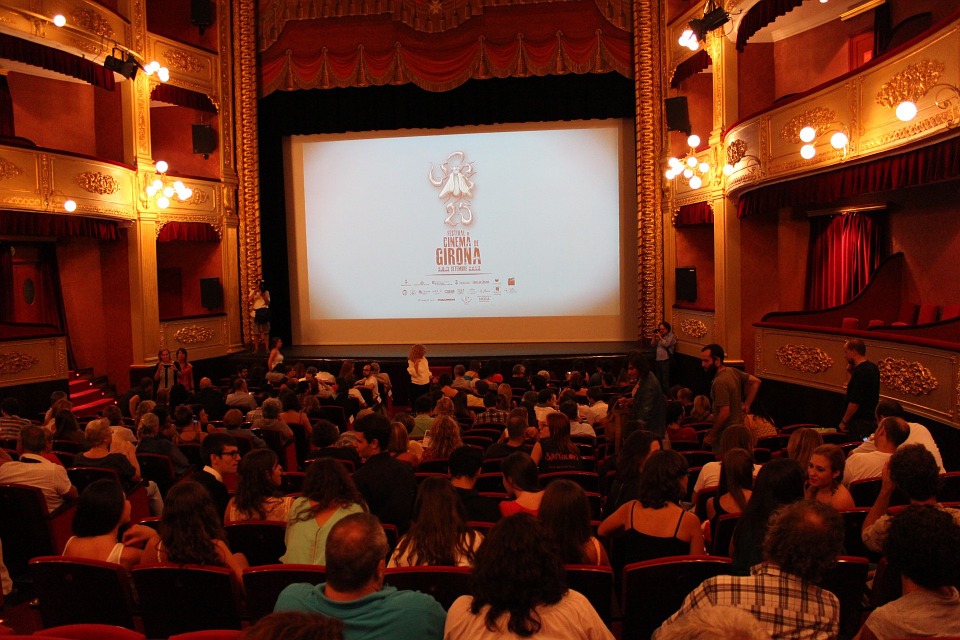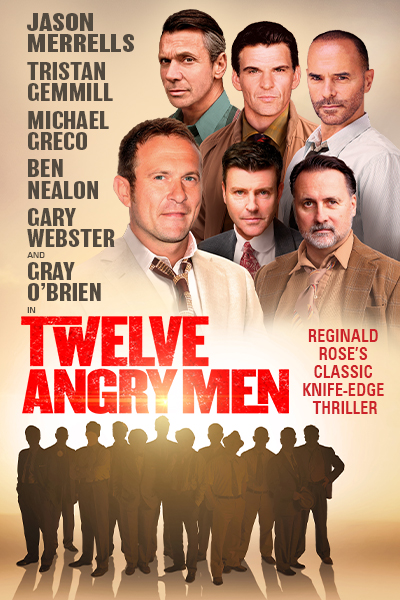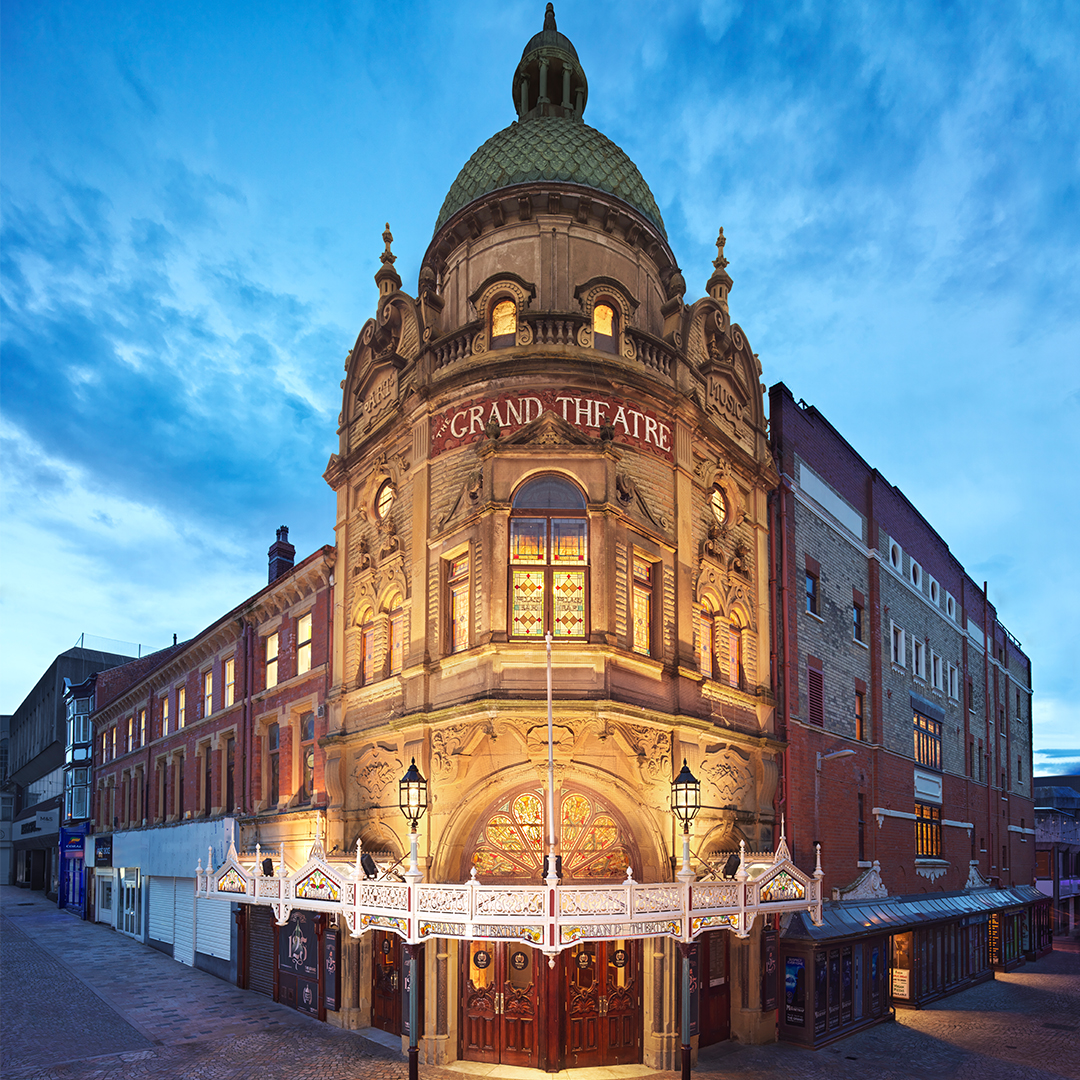
Spotlight On: Hitchcock
7 min read
Share
Alfred Hitchcock, the ‘Master of Suspense’, is an easily recognised name in cinema history. Famous for the technical brilliance in his films, Hitchcock is claimed by many as one of the greatest cinematography minds in history.
Equipped with a gallows humour, his stunning career spanned over 54 years. With more than 50 films produced and using pioneering colour and sound techniques! According to the ‘Auteur Theory’, refined by critics of the French film journal Cahiers du cinéma, this is a way of looking at films and considering the directors as the “authors”.
Hitchcock lived in the golden age of the auteur. The consistency of his images, themes, and styles provided him this title. In addition, black comedy is a persistent element throughout his films, alongside light taboo issues of his era such as homosexuality in Strangers on a Train and the Oedipus Complex present in Psycho.
Anticipation is a great weapon for suspense, playing with audiences’ nerves and wits. His dislike of the element of surprise to cause suspense is apparent in his work. As Alfred Hitchcock himself said:
“In the usual form of suspense, it is indispensable that the public be made perfectly aware of all the facts involved.
Otherwise, there is no suspense.”
— Alfred Hitchcock, in conversation with François Truffaut (1984).
Next year’s adaption of Alfred Hitchcock’s The Lady Vanishes, presented by Bill Kenwright, is the latest instalment in the classic thriller series, which will be performed at the Grand Theatre in Blackpool.

Alfred Hitchcock’s Influence in Cinematic Lexicon and Plot Devices
The cinematic lexicon has been deeply influenced by Hitchcock’s genius, as he popularised the term ‘MacGuffin’ in his film The 39 Steps. A MacGuffin is the device, concept, or object of a story around which the plot revolves. It’s a crucial element for the protagonists and to drive the narrative forward.
A few examples of these MacGuffins are the Heart of the Ocean necklace from Titanic, the One Ring from Lord of the Rings, the suitcase in Pulp Fiction, and the Holy Grail from Indiana Jones and the Last Crusade.
Today’s popular ‘show, don’t tell’ rule was emphasised by Hitchcock in his films, in which the importance of conveying characters, plot, and mood visually is highlighted. Hitchcock believed in using film elements that didn’t burden audiences through unnecessary exposition.
Some of the most common plot devices present in most Hitchcock’s films are:
- Binary oppositions. Seen with guilt vs innocence in The Man Who Knew Too Much.
- Mistaken identity. In films such as The Wrong Man and North By Northwest.
- Birds. In films such as The Birds, Psycho, and Vertigo.
- Voyeurism. In Psycho, for example, the audience becomes a voyeur.
- Suspense. Present throughout his films, he favoured suspense over surprise.
- Sexuality. Hitchcock challenged the censorship of his era through portraying sexuality without needing to depict graphic behaviours (Psycho).
- Blonde women. Hitchcock believed that audiences would be more suspicious of brunettes. Additionally, he thought that blonde women were “a symbol of the heroine”.
Many more themes can be found in his work. Some examples are silent scenes to convey narrative through imagery, the obsessions with perfect murders, motherhood, trains, brandy, staircases, the charming sociopath, falling from high places, tennis, and the number 13.

Ingenious Cinematic Techniques Used by Alfred Hitchcock
The ‘Hitchcock Touch’ has become a popular idiom referring to his use of cinematic skills and techniques. Although not clearly defined, the phrase attempts to capture the singular skills that made him such a unique director. His use of visual techniques was, in particular, distinctive. Audiences saw actions in ways they were unlikely to find in other films.
Additionally, the use of camera perspective and lighting gives his films a distinctive touch. Voyeuristic perspectives, edge and low-key lighting to create mood, odd angles, and the use of themes manipulate how audiences view his fictional work.
In Hitchcock’s thriller, Vertigo, he popularised the ‘dolly zoom’; this consists of a camera moving either closer or further from the main subject while adjusting the zoom to keep the main subject in the same size within the frame. Steven Spielberg paid homage to this technique in both Jaws and E.T..
Rope was one of the first films to have the illusion of being produced from a long, continuous take, with the technique used recently in films like Birdman. Rope’s story develops in real time, the nearly indiscernible cuts made seamless by focusing on ornaments and other objects.
This allowed for audiences to listen to characters speaking while the camera moves or focuses on another subject. Conversations between characters become relatively inconsequential relatively to the visual action – the real factor to focus on.
Dial M for Murder was one of the first films in which a director experimented with 3D technology. Although popular today with films like Avatar, curiously using “unobtanium” as a MacGuffin, 1950s audiences showed little interest in it and it faded away.
In The Lodger, called by the man himself the “first true Hitchcock picture”, the audience was involved in the characters’ thought process through the use of a translucent ceiling. This technique was possible with a plane of glass above the camera lens. The actor then walked back and forth and provided the desired effect.
What Writers Can Learn from the Master of Suspense
Together with his cinematic skills, his films have a deep literary component. Alfred Hitchcock adapted many of his most famous films from novels: Strangers on a Train from Patricia Highsmith, Psycho from Robert Bloch, and The Birds from Daphne Du Maurier, for example.
Considered to be Hitchcock’s best film and even one of the best films ever made, Vertigo had a considerable literary influence. Adapted from a novel by the writing team Boileau Narcejac, called D’Entre les Morts, the film is often an object of analysis.
“Always make the audience suffer as much as possible.”
Hitchcock believed putting his characters through hell, which is often the characteristic of a good writer. His creation of empathetic characters allow audiences to identify with them. This provides the characteristic element of the viewer suffering alongside the characters.
Hitchcock considered the audience reaction as a main driver for his cinematic decisions. He wanted to convey information in a succinct way and remove unneeded dialogue. In addition, showing and not telling and ensuring an emotional response to his characters was vital. Keeping an audience on “their toes” while having all the facts, even the ones the characters themselves don’t have, creates suspense.

How Suspense is Built in Hitchcock’s Films
In addition to great writing, Hitchcock used several techniques and themes to build suspense in his films. He manufactured genuine reactions from his audiences through his unique skills. Some themes used by the Master of Suspense were:
The leading ladies. Mostly blonde, the main female characters in Hitchcock’s films went against the majority of female stereotypes between the 1940s and the 1960s. Most importantly, his female leads were subtly sexy, combining both fashion and fetishism. This dichotomy of how dynamic the female characters are and how they mesmerise the male characters creates suspense.
Simple storylines. A simplistic and linear story is easy to follow and to play on fear. Hitchcock made use of crime stories for most of his films, using assassinations and spies as plots for intrigue and suspense.
Using information. To Alfred Hitchcock, suspense needed information. He showcased this belief by providing the audience with information that his characters weren’t aware of. The camera often roamed around the space as if to look for something or someone suspicious. This provides audiences a sense of being ahead and solving a mystery.

Subjectivity for suspense. Subjectivity can be found in Hitchcock’s films through his use of voyeurism. Known as “The Kuleshov Effect”, this is a mental phenomenon that allows audiences to derive a greater meaning from the interaction of two film shots instead of a single, isolated shot. This technique is present rhythmically, switching points of view between the voyeur and the subject the voyeur observes.
Close-up montage. Dividing action in various close-ups shown in succession can be a subtle approach. Hitchcock used this basic film technique to portray events through controlled timing, showing the different parts of an event.
Alfred Hitchcock continues to influence today’s writers and filmmakers through his innovative use of cinematic techniques. We know and understand the importance of a great story and great storytelling. Why not browse through the shows in Blackpool to see what’s on at The Grand?
You can also get in touch with our friendly team to book your tickets by giving us a call on 01253 290190.
Take advantage of our discounts for Friends of the Grand if you’re under 18 years old or over 60 years old for our amazing shows and to support the theatre.























